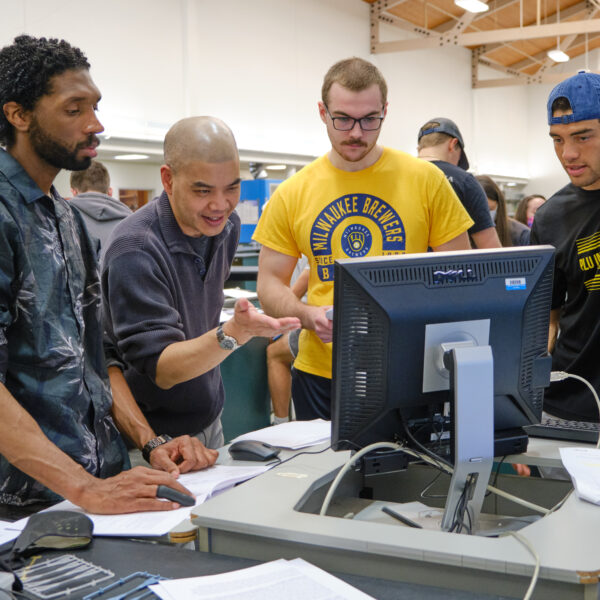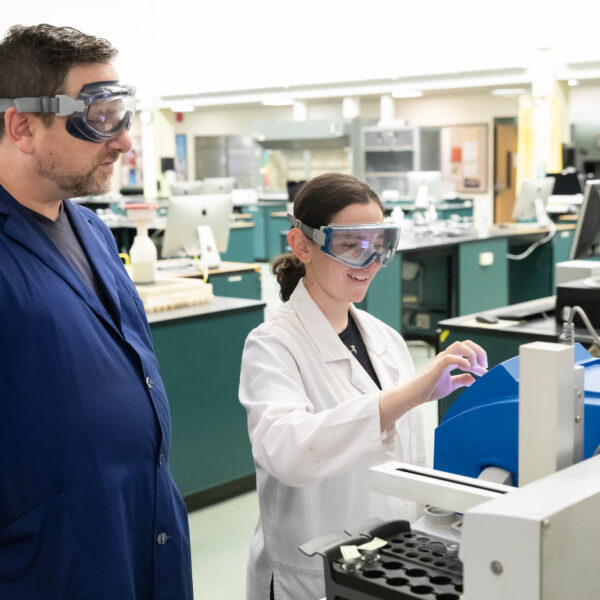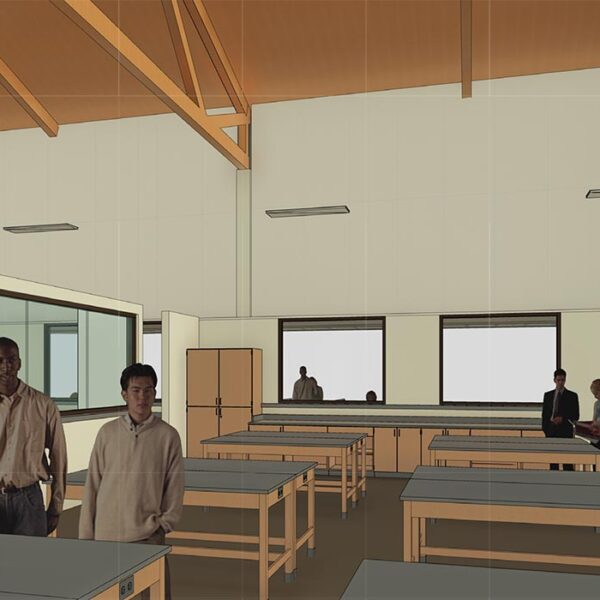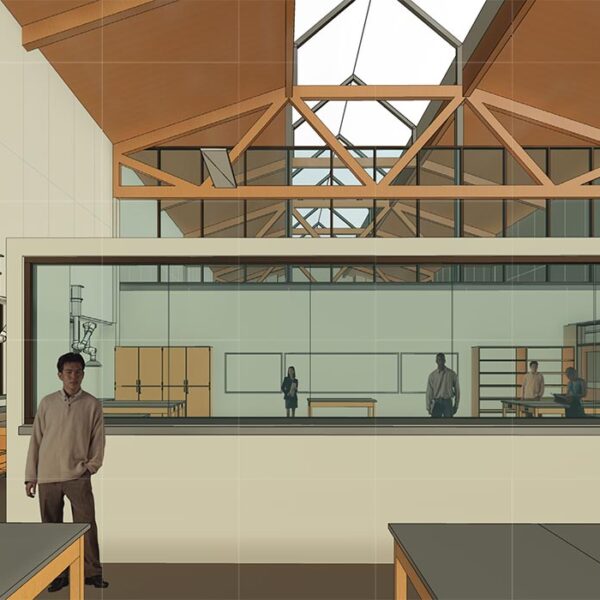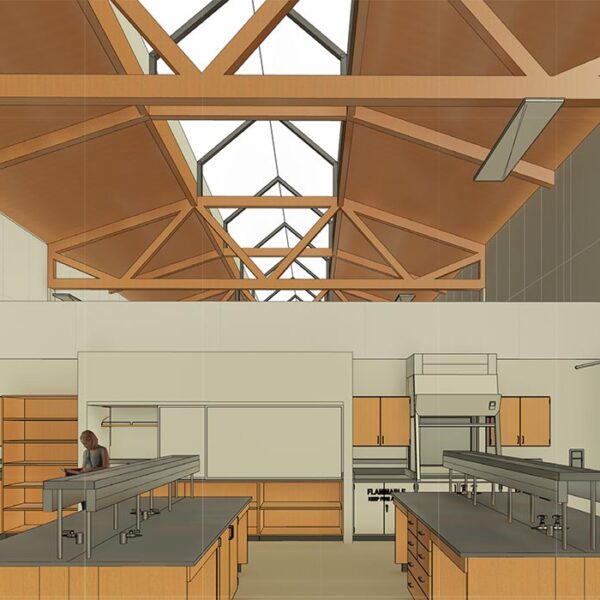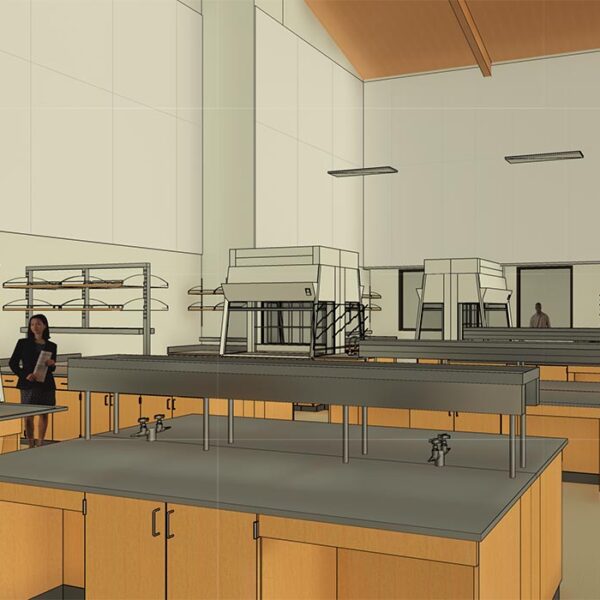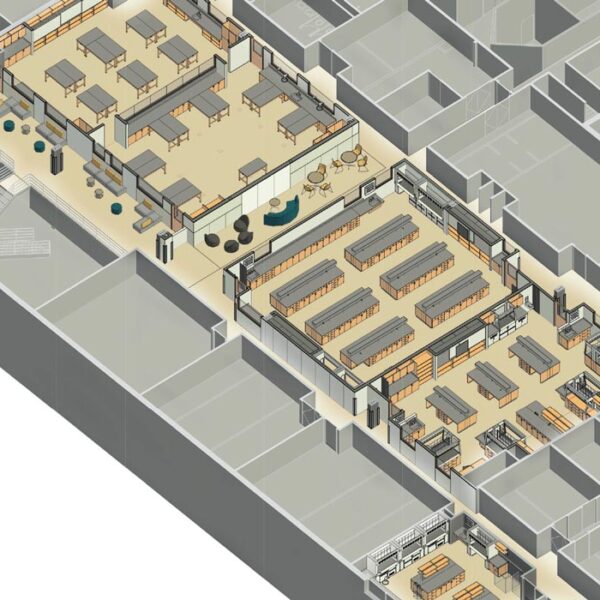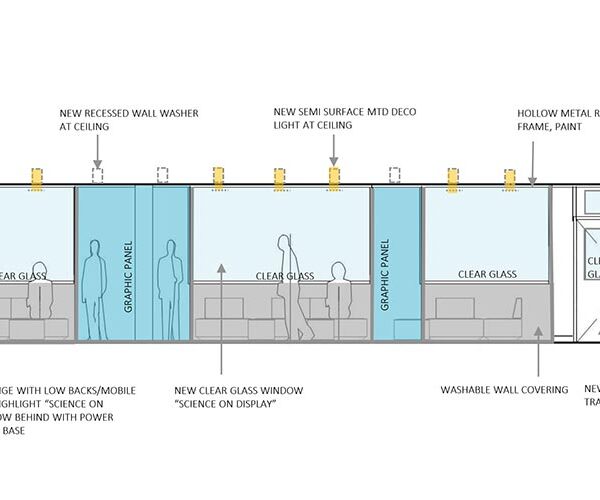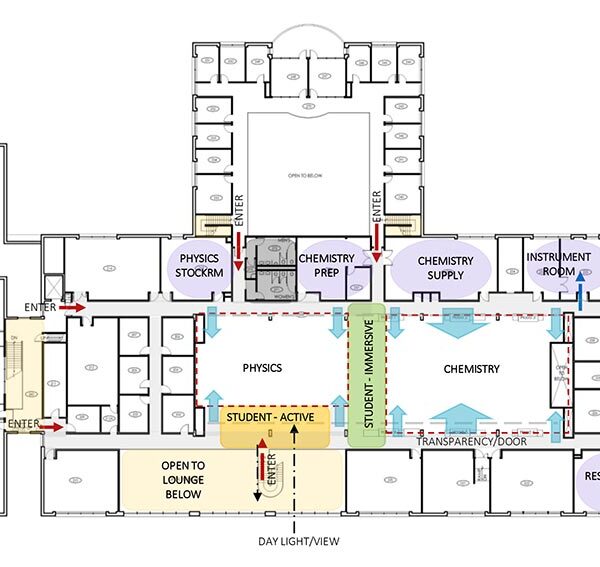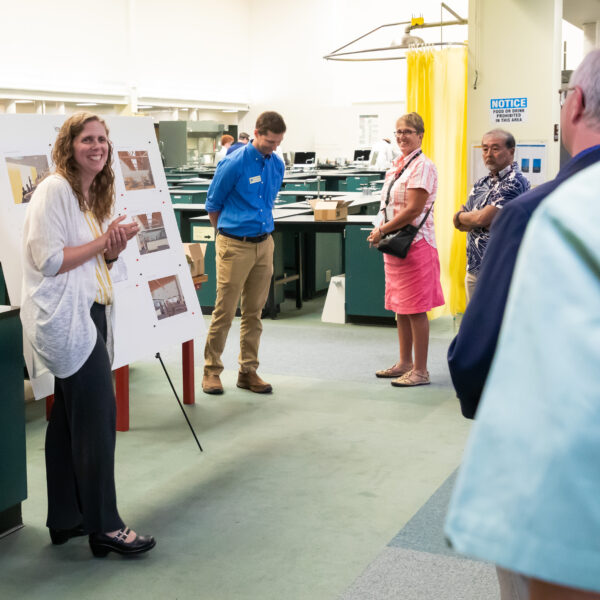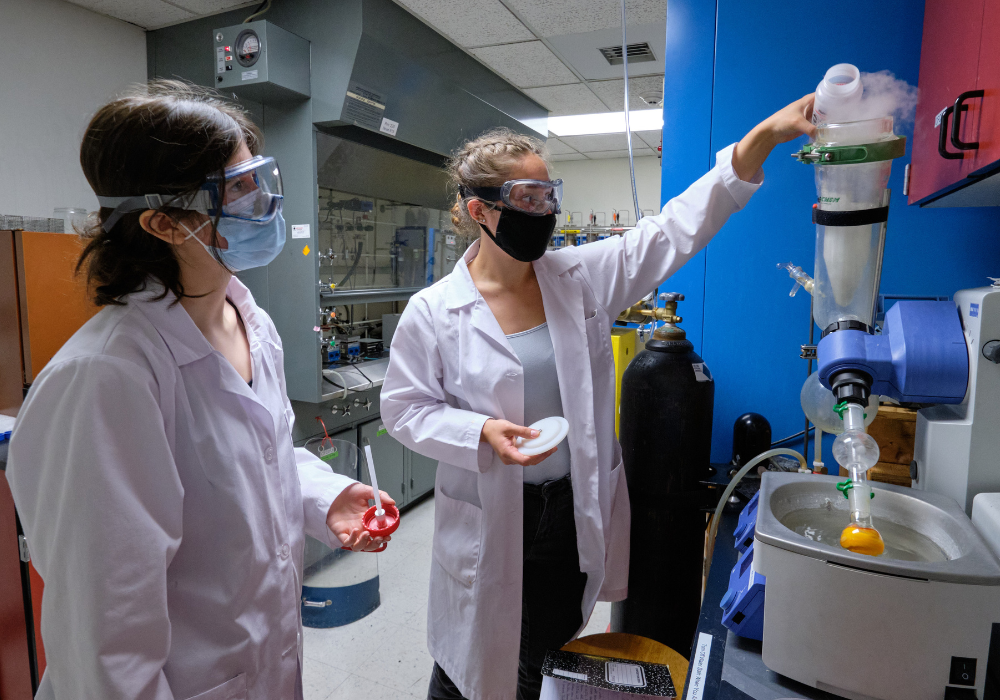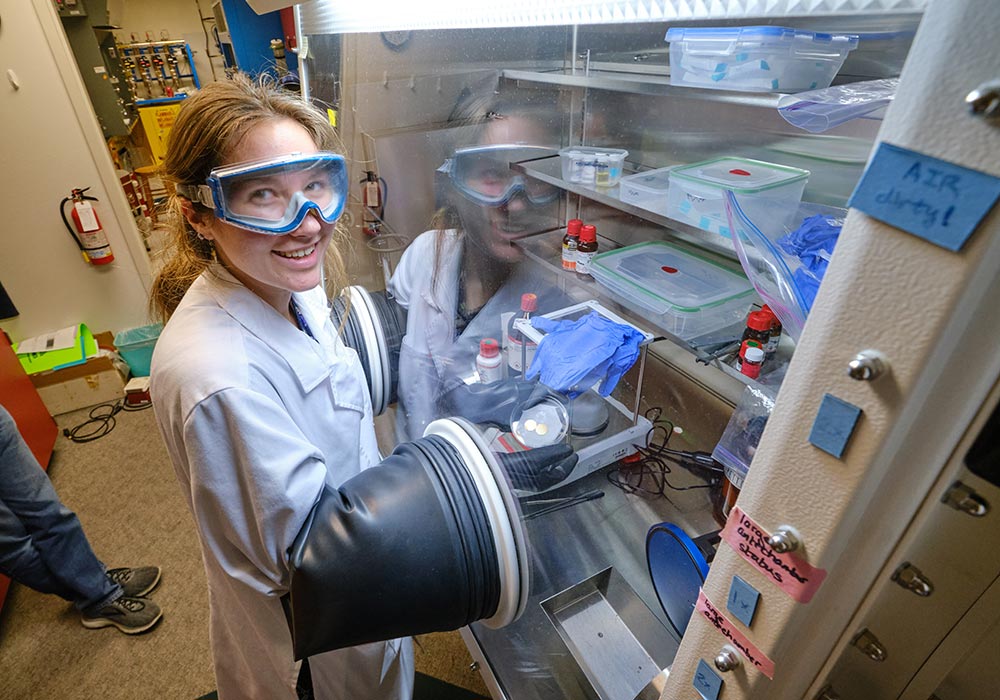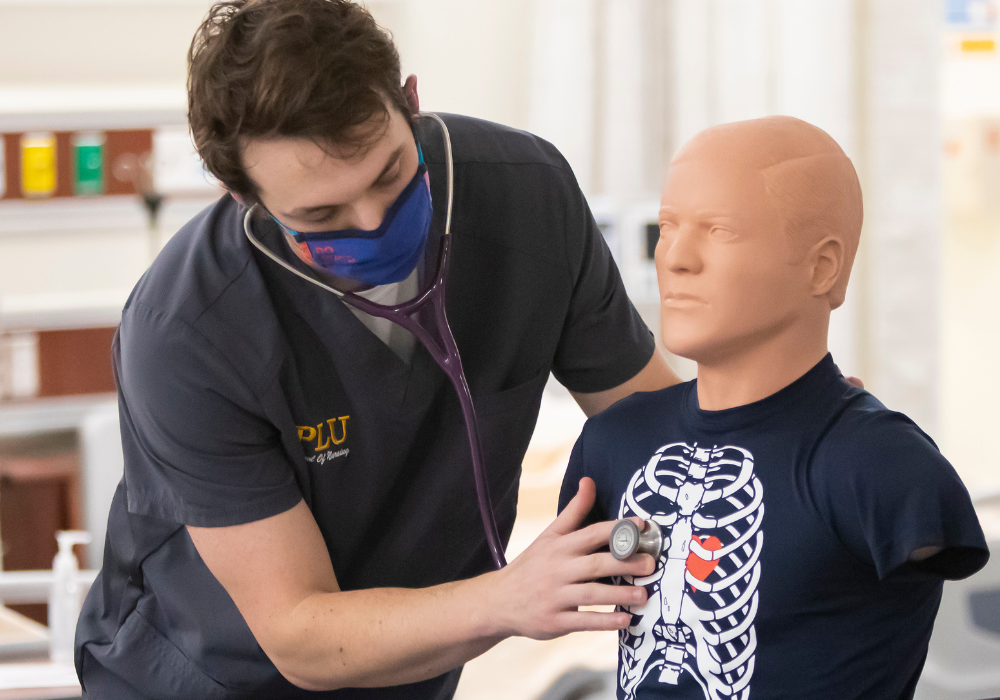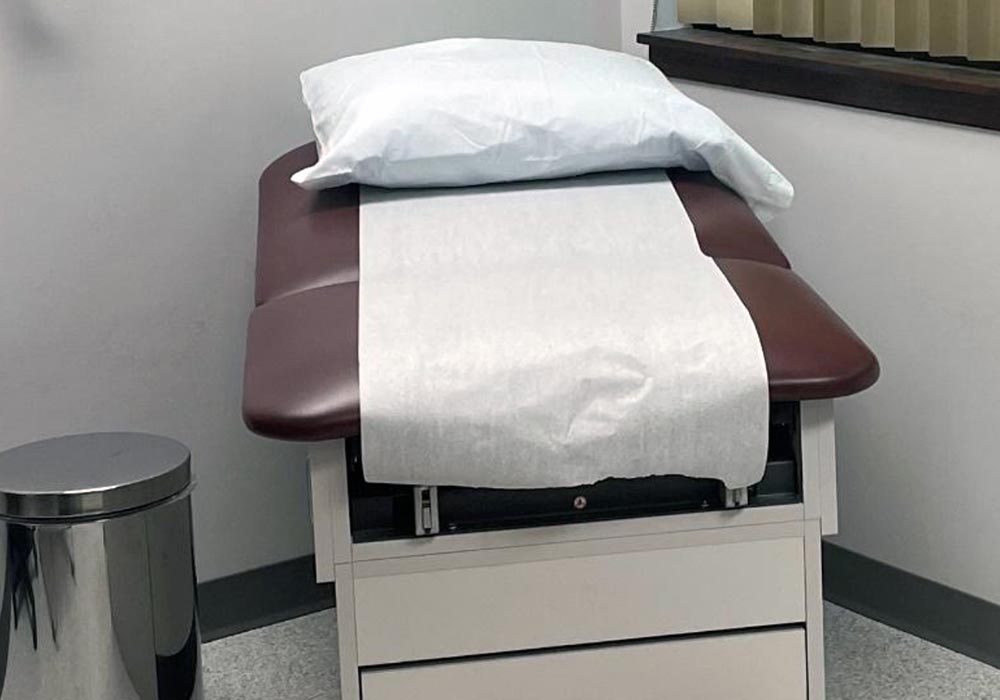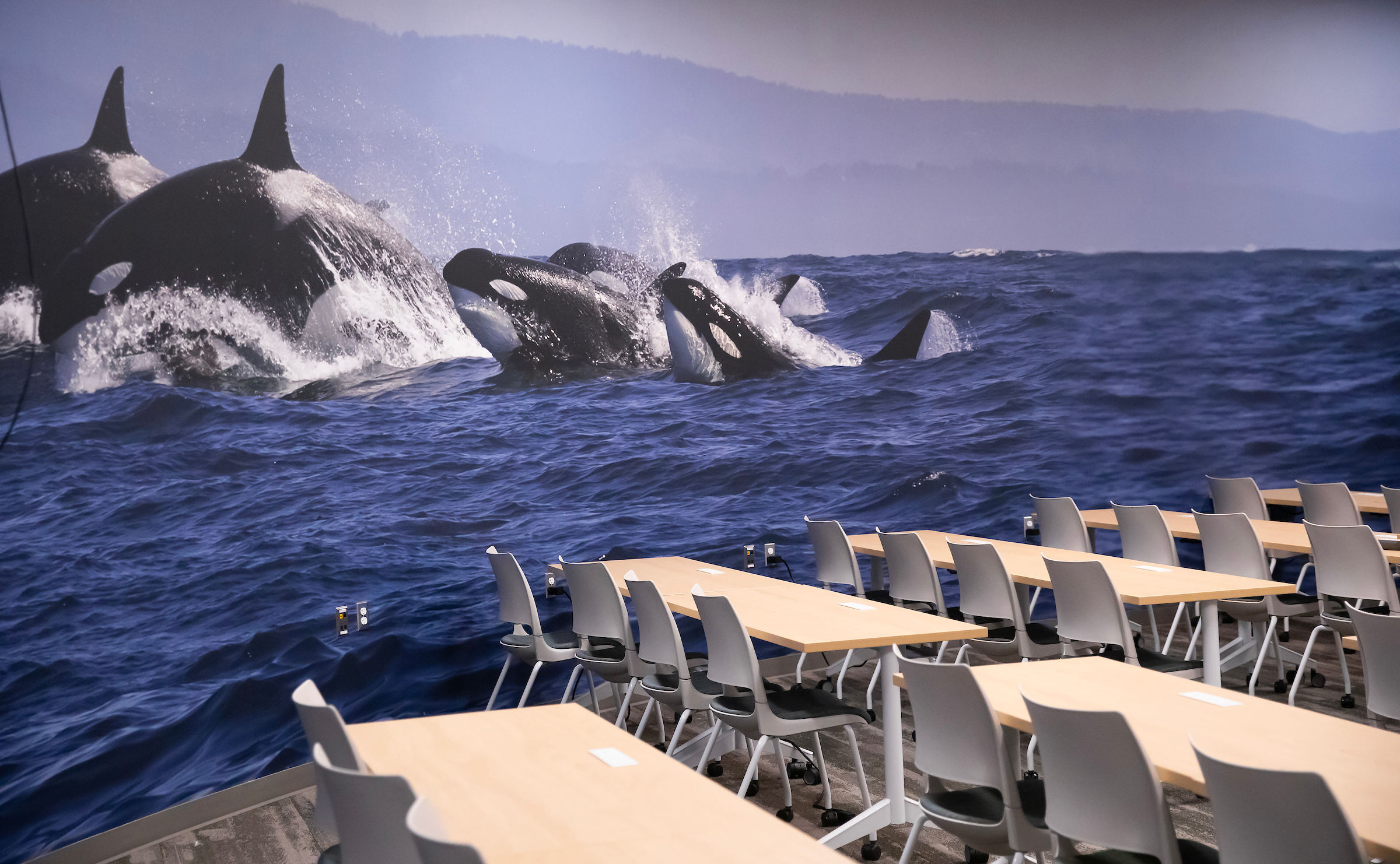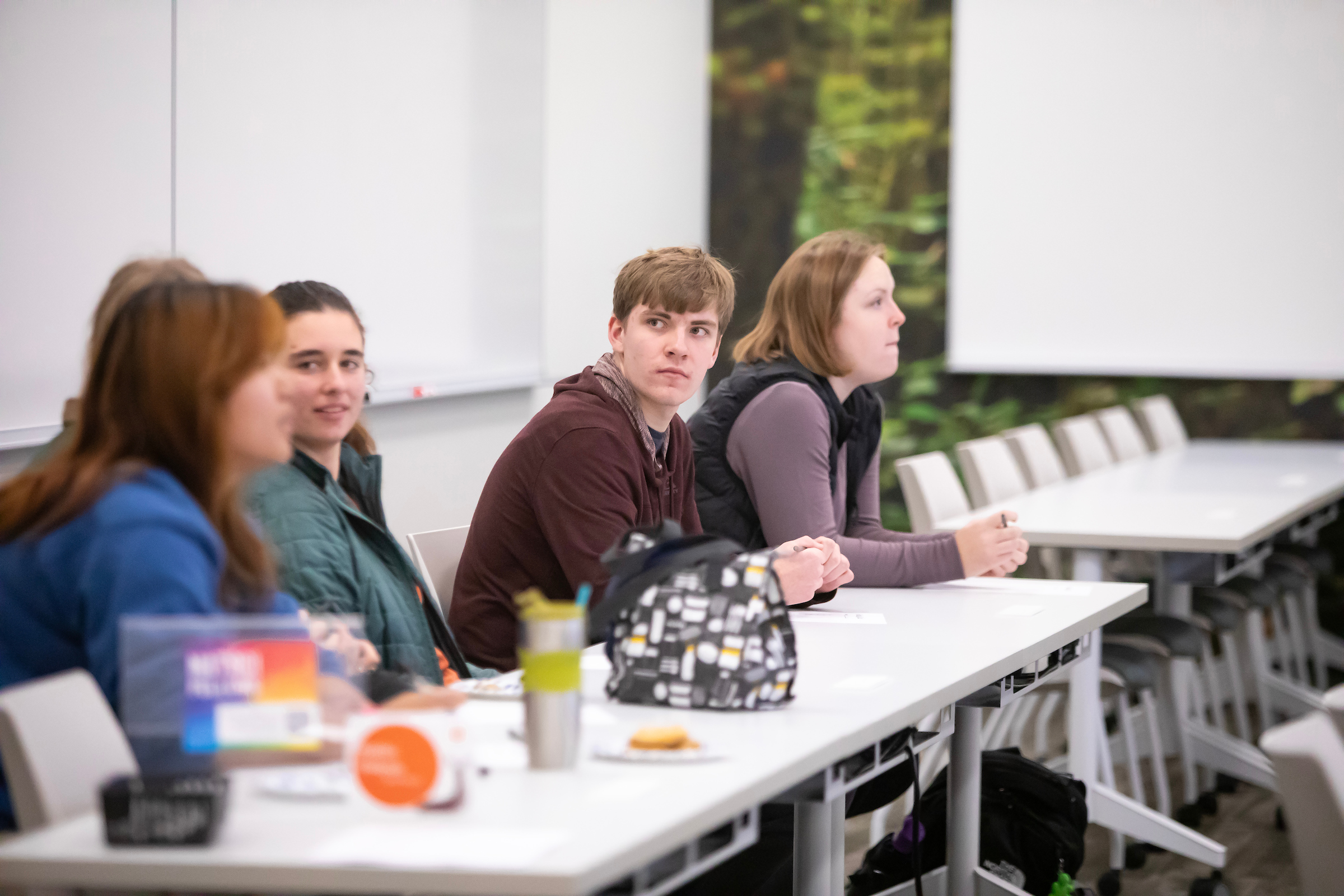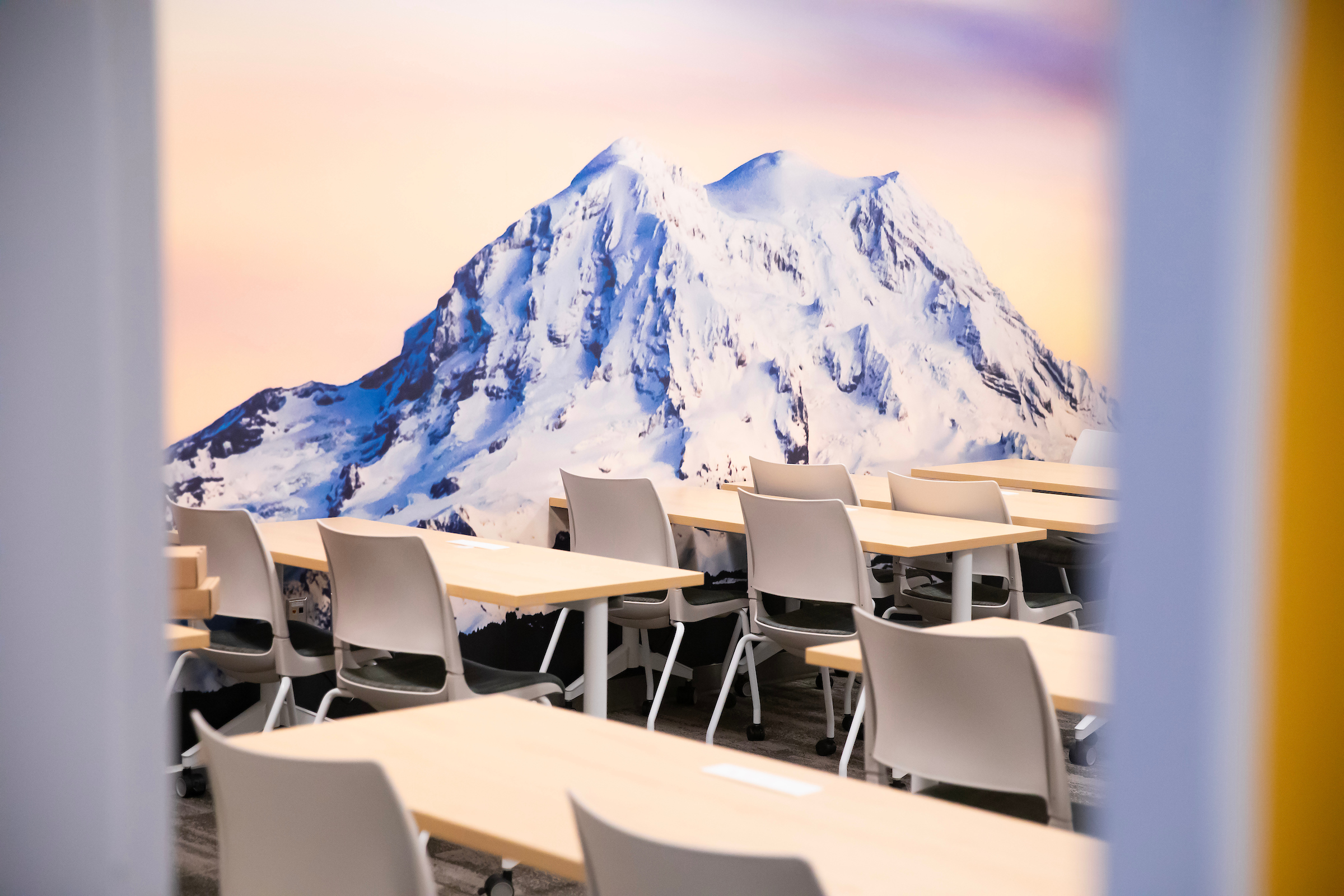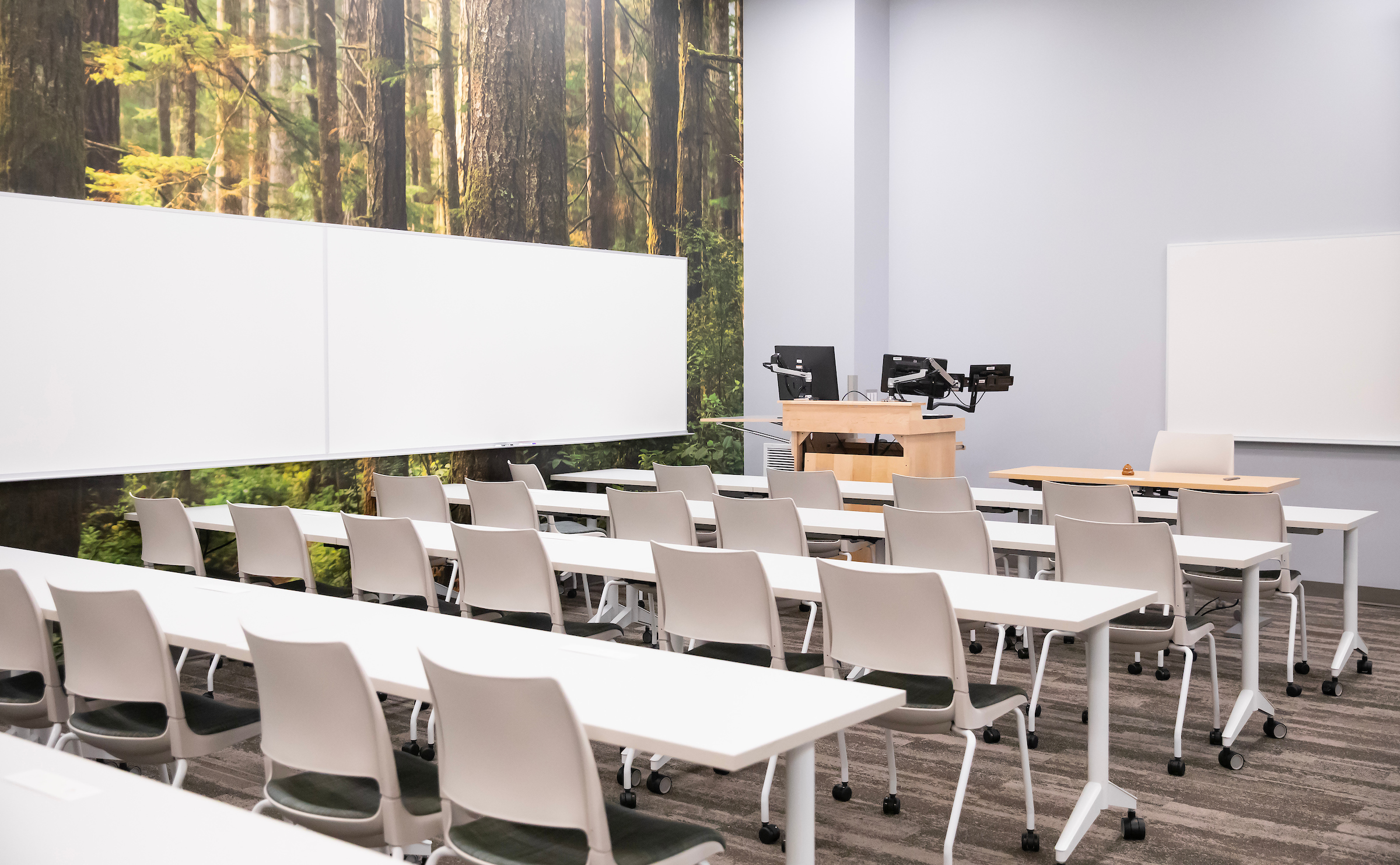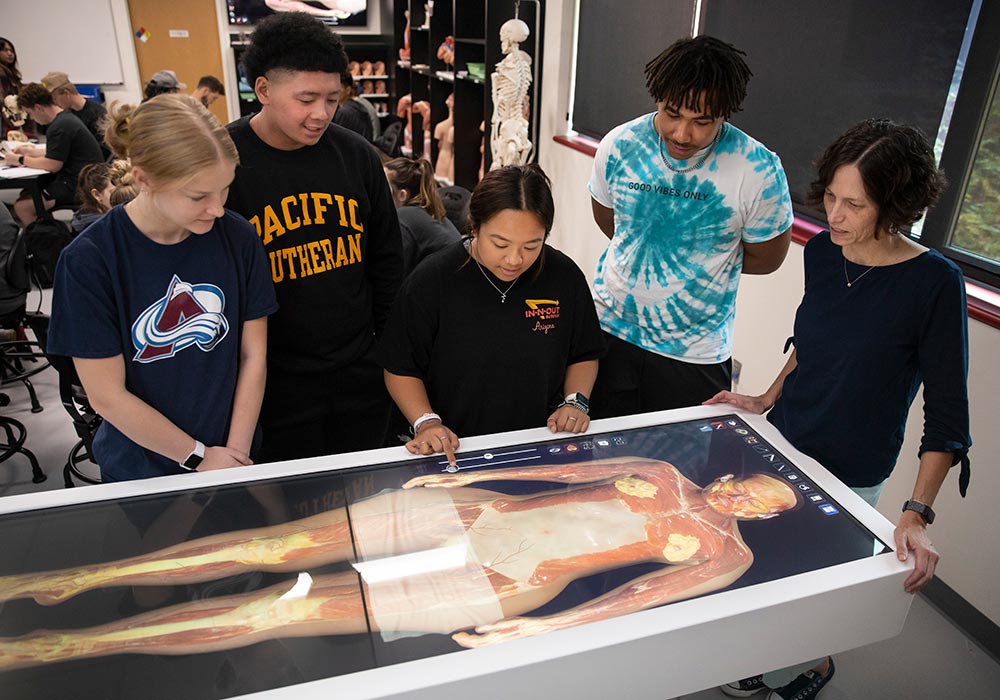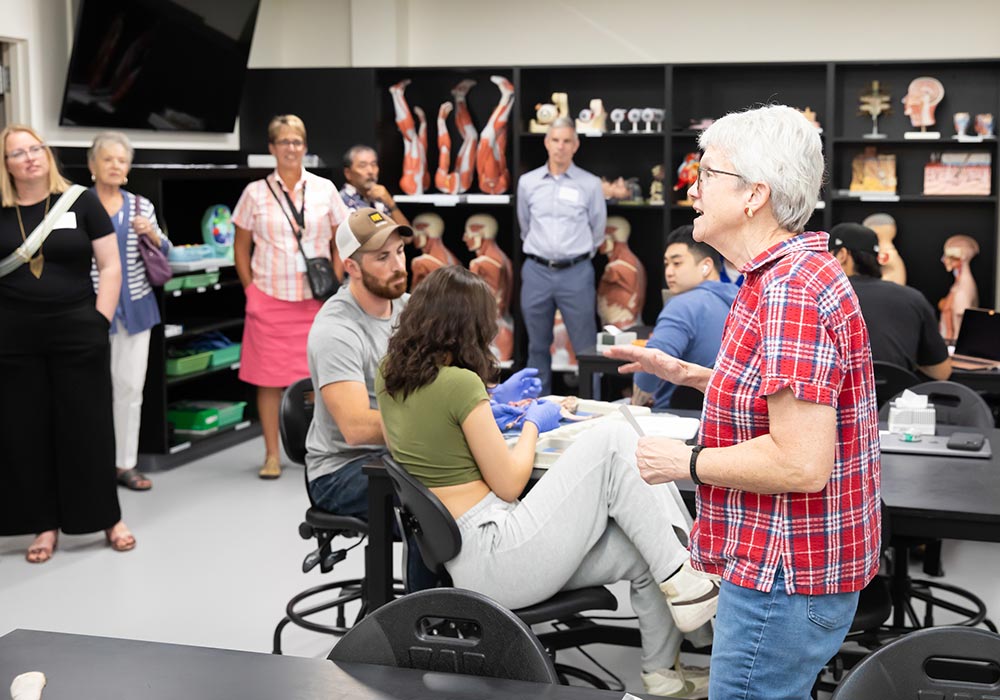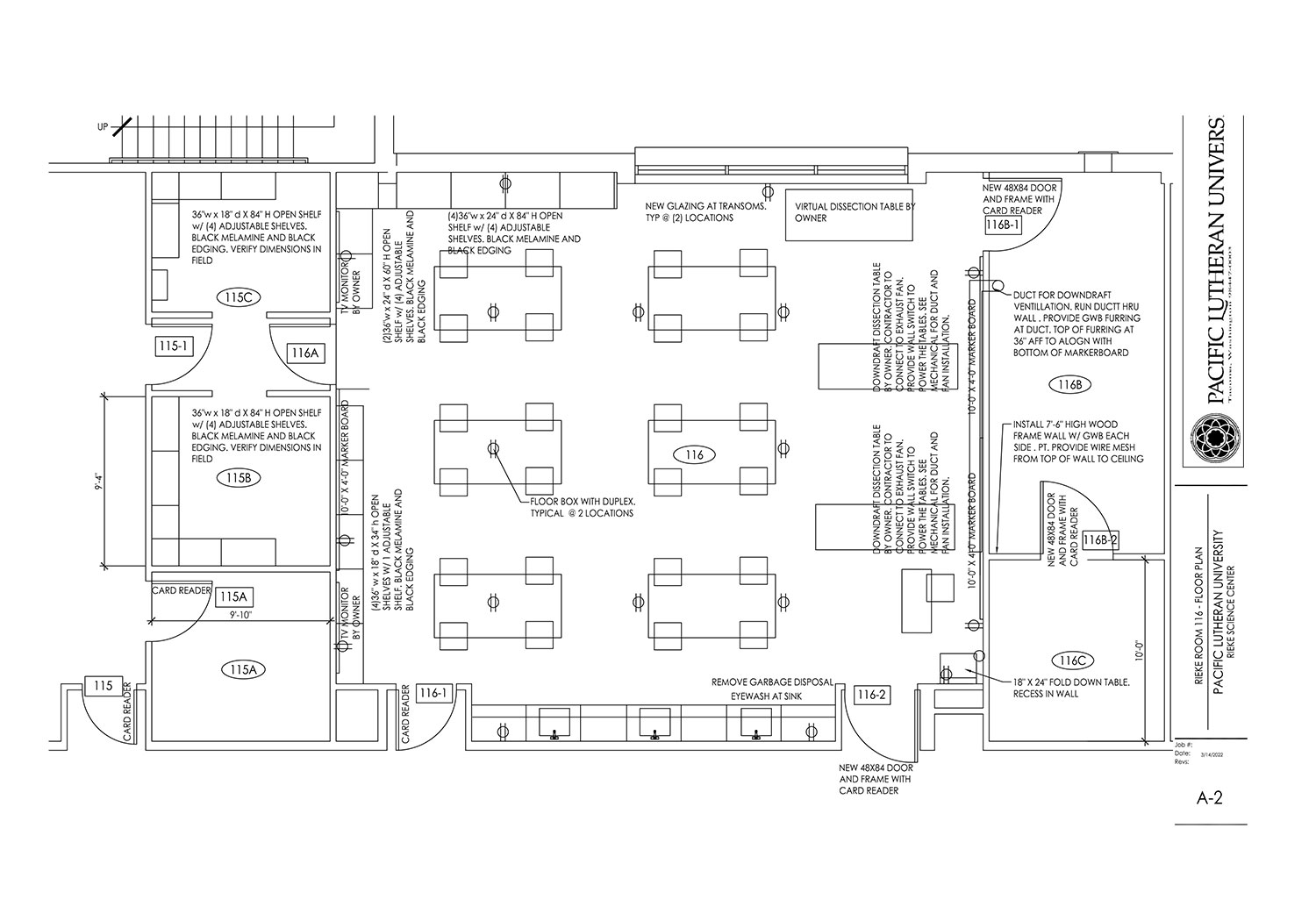At PLU, education is designed to benefit both students and the community, igniting a bold commitment to service, leadership and care.
This transformative education is what PLU is inviting you to invest in today — to help address the health challenges facing our neighbors and yours, both down the street and around the world.
Building on already outstanding programs, we are undertaking $11.6 million in science education improvements across the Rieke Science Center and the Nursing Clinical Learning and Simulation Center.
Following recommendations from a cross-campus planning group, the final phase of construction in Rieke has been shifted to summer 2025. This strategic decision provides necessary lead time for technical equipment orders and addresses concerns about planned research and fall classes. The new schedule allows for further resource development and smoother execution.
Together, we will...
Why this campaign
This campaign is the next step in PLU science education in service of a thriving community.
The campaign will:
- Further strengthen PLU’s outstanding programs in science, pre-health science and health science;
- Expand community well-being by providing well-trained, diverse health care providers to address ongoing shortages; and
- Continue to position PLU as a leader for service-oriented community transformation.
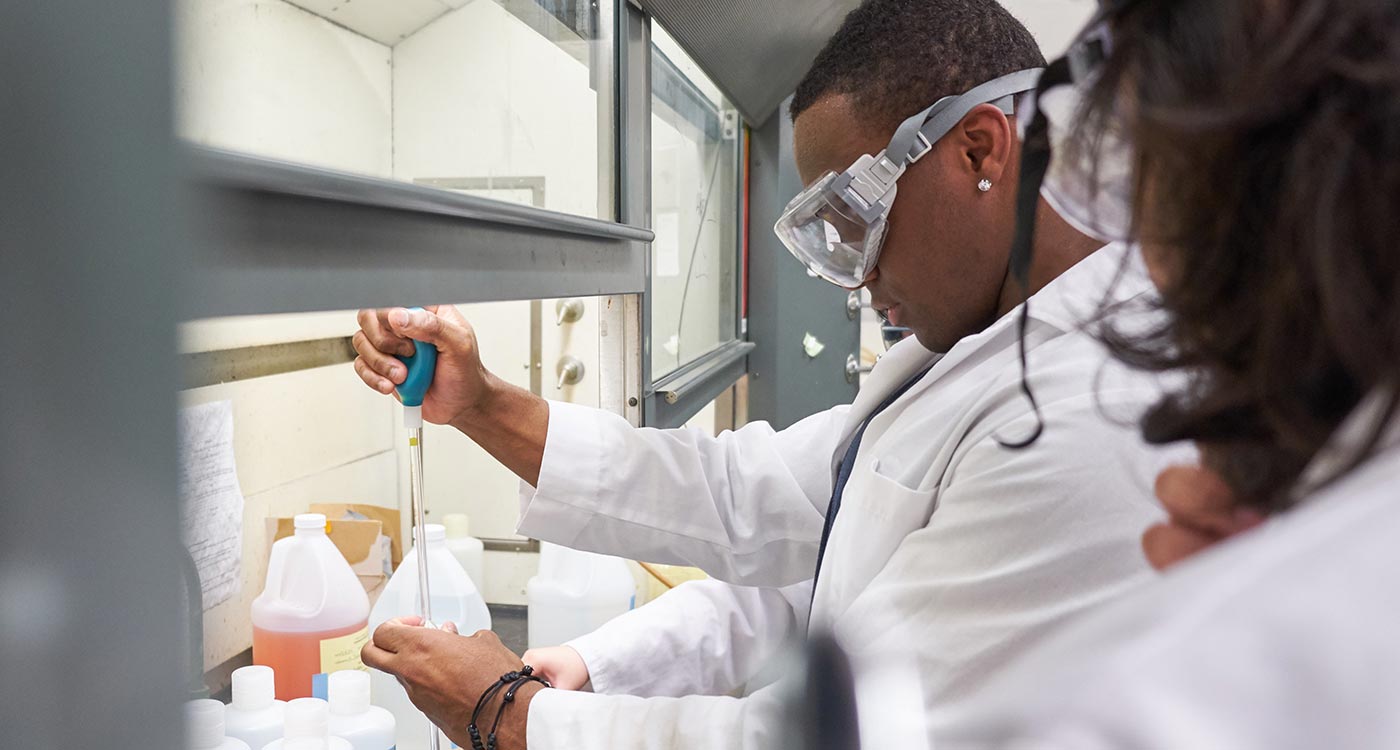
Strengthen Programs
“By having access to state-of-the-art laboratories and advanced equipment, coupled with our vibrant and inclusive teaching approaches, PLU faculty possess the power to inspire and prepare our students for their remarkable journeys.“
– Ann Auman, Dean of the College of Natural Sciences and Professor of Biology
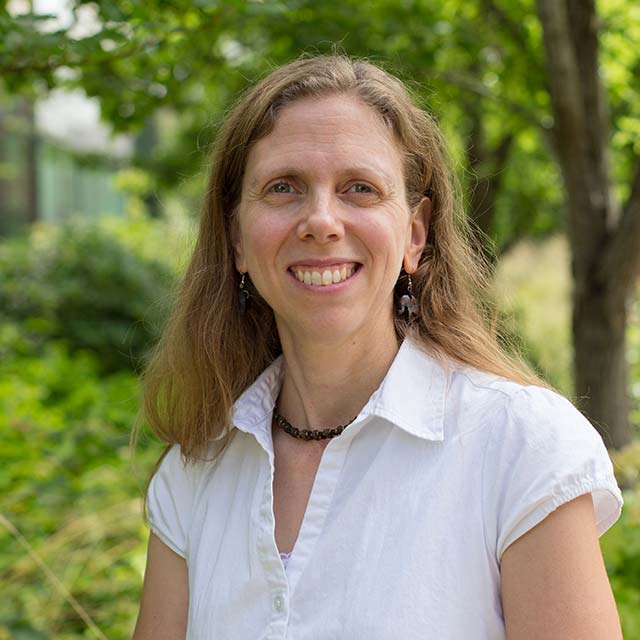
PLU has a strong reputation for science education, including in the pre-health and health sciences. Science students benefit from hands-on learning and research, faculty of deep and varied expertise, mentorship, and a curriculum that integrates theory with practice. Students graduate into successful careers as researchers, scientists and health care professionals and into advanced degree programs.
These renovations will bolster already successful programs. By providing advanced facilities and technology, renovations will foster an enriched learning environment, including through teaching flexibility for better student learning and increased specialized skill-building opportunities.
PLU’s Natural Sciences Summer Undergraduate Research Program offers students a unique opportunity to collaborate with expert faculty mentors in diverse fields such as biology, chemistry, computer science, environmental studies, geosciences, mathematics, physics and psychology. This immersive experience goes beyond traditional academics, allowing students to navigate research challenges, build problem-solving skills and embrace the thrill of discovery. By participating in this program, students not only enrich their understanding of the natural sciences but also prepare for future professional roles and global citizenship.
PLU’s 3-2 engineering program allows students to spend three years at PLU before completing two years at prestigious engineering schools. This program sends 5-6 students annually to partner institutions like Columbia University and Washington University. PLU’s official agreements with these universities, combined with upper-division engineering courses offered on our campus, streamline the pathway for students to excel in engineering.
The completion of the renovations to the Open Lab in 2024 will further support engineering, including the new Engineering and Industry minor, by providing new spaces for subject-specific learning.
Kyle Siemers ’20 is one of the many service-oriented scientists and health care providers who have emerged from Rieke. Within a day in Rieke, a student might use the Open Lab, take a class, meet with a professor, visit the building’s beloved slug, and study with fellow students.
The upgraded spaces will promote close interactions between faculty and students, creating opportunities for personalized guidance, research collaborations and knowledge sharing. Empowered faculty can provide exceptional mentorship experiences, shaping the next generation of scientists, researchers, and leaders in their respective fields.
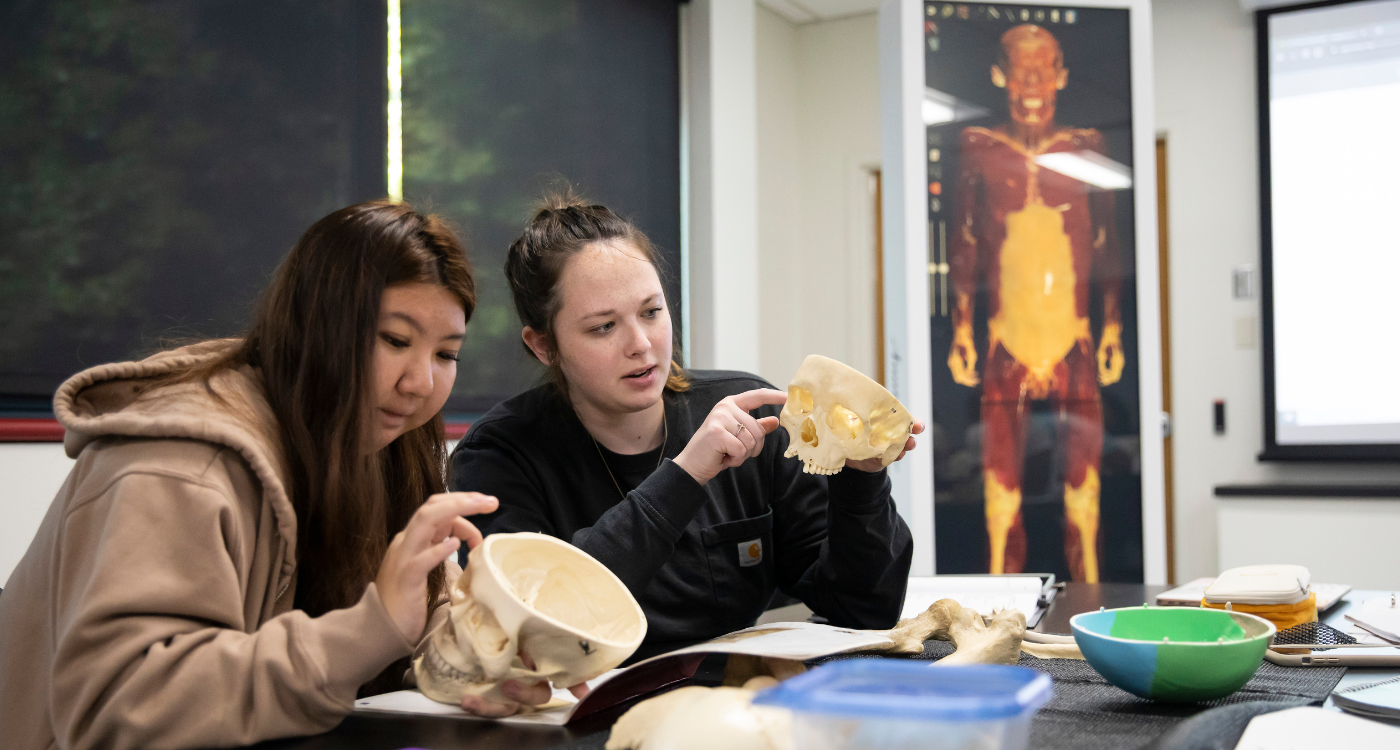
Expand Community Care
“Investing in the sciences at PLU is investing in future nurses of our community. It also invests in future physical therapists and doctors — all sorts of future health care professionals. So, investing back into PLU is investing in the future of public health and care. It’s investing in your future.”
– Parker Simpson '24
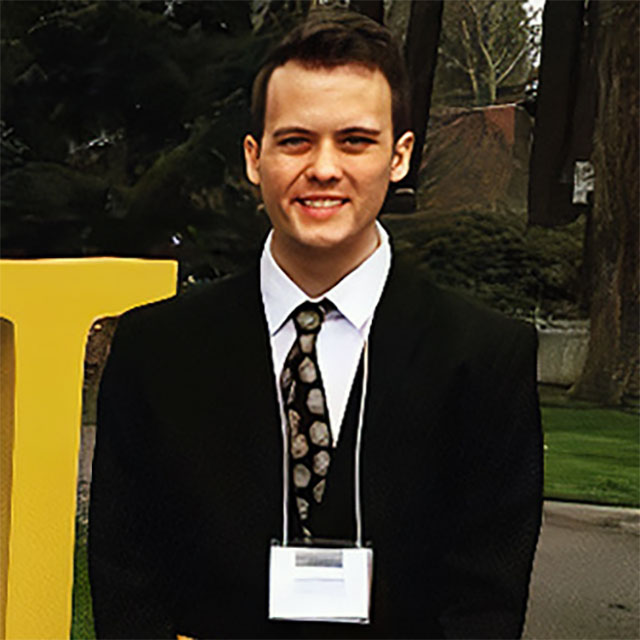
Access to quality health care is essential for the health and well-being of communities. But, as the COVID-19 pandemic has underscored, not all people and communities have the same access to care.
Part of the access challenge is a shortage of health care providers, particularly well-trained ones who reflect the communities they serve. This shortage of providers is true both locally and nationally and has implications for all of us, our loved ones and our communities.
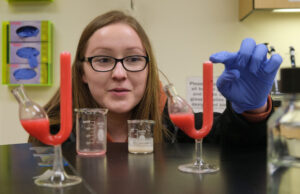
Partnership has always been integral to PLU’s approach, and collaboration is needed now more than ever to address our communities’ significant challenges.
For instance, PLU recently partnered with the Pacific Northwest University of Health Science to annually reserve spaces for PLU graduates who want to pursue a Master of Arts in Medical Science and Doctor of Physical Therapy.
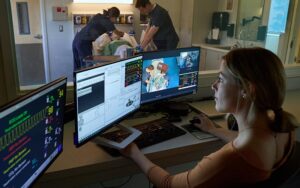
In 2020, and thanks to generous investors like you, PLU completed the new Nursing Clinical Learning and Simulation Center (NCLSC). The new state-of-the-art center doubles the practice space available to PLU nurses and provides advanced technology for improved skill-building.
The current project to renovate spaces in the Rieke Science Center and space in the NCLSC is the next step in PLU’s commitment to helping address the shortage of health care providers. Like the NCLSC, today’s project will open doors further to improve science education for PLU students.
At PLU, our pre-health sciences advising guides students and alumni interested in health professions like medicine, dentistry, and more. With our strong academics and abundant research and service opportunities, PLU offers an ideal environment to build a future in the health professions.
Note: This video, created in 2021, shows medical and dental school rates that were true from 2008-2018. Current dental school acceptance rate averages from 2011-2021 are 75% for PLU students (compared with 53% nationally). For medical school, the current rates over that same period are 80% for PLU students (compared with 36-42% nationally).
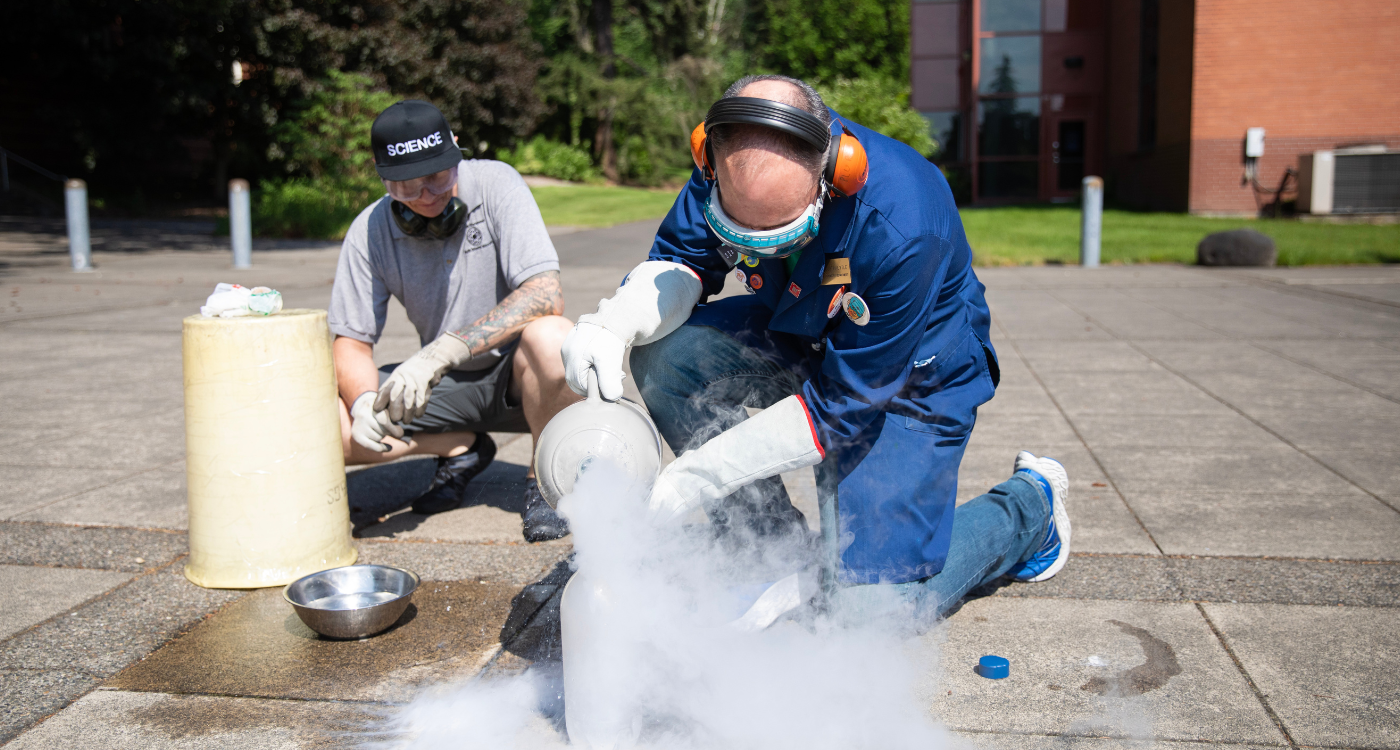
Transform Science
“These upgrades for the sciences will help PLU students better serve the world’s needs at a time when health care and the natural world are in crisis. This is the right thing to do for our students, and also the right thing to do to invest in the well-being of others and the earth. These renovations will better equip pre-health science students with the knowledge and skills they need to transition into graduate programs.“
– Allan Belton, PLU President
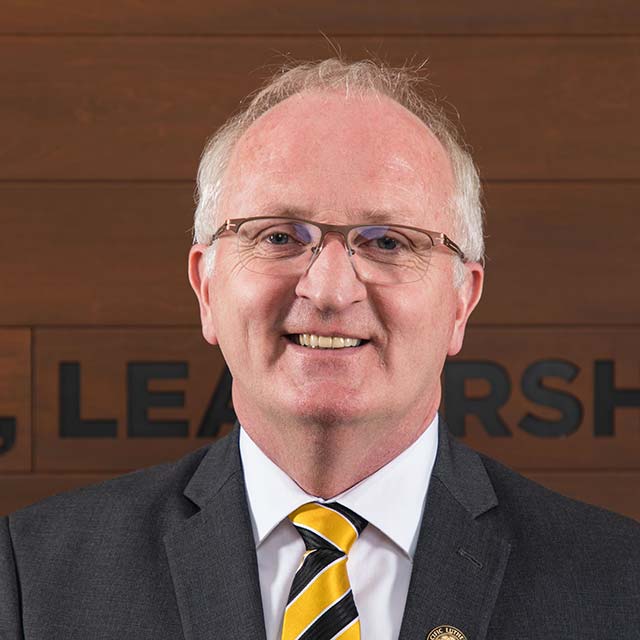
This campaign is not just about physical spaces. These renovations will advance science education and research with a ripple effect that extends far beyond our campus. By providing state-of-the-art facilities and resources, we equip our students with the knowledge, skills and innovative thinking needed to tackle complex global challenges.
As students graduate and enter diverse fields, from health care to environmental science, they will carry the impact of their PLU education around the world. The research conducted within these walls leads to breakthroughs in health, technology and sustainability that transcend borders.
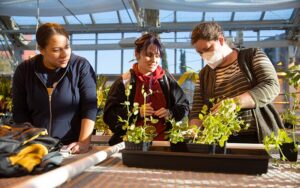
The new Research Lab will better support student-faculty research, like the research conducted in the Carol Sheffels Quigg Greenhouse just outside the Rieke Science Center.
In Neva Laurie-Berry’s BIO 358 Plant Physiology class, for example, students get hands-on experience studying plants and watching for genetic traits that help millet grow taller or produce more seeds. Experiences like this one will be amplified in the new Research Lab, improving student learning and understanding of complex topics while strengthening critical skills in collaboration.
Two PLU students interested in cancer research each year experience a 10-week summer internship at Fred Hutch Cancer Center in a medical research lab. This program engages scientific curiosity and promotes biomedical research careers among PLU undergraduates and is committed to expanding diversity among students who enter STEM fields.
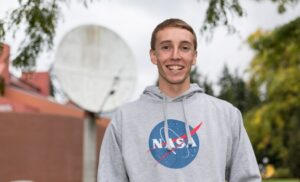 Students at PLU are prepared to take their education to the next level. Justin DeMattos ’19, a physics major and computer science minor, worked as a summer intern at Johns Hopkins University at NASA’s Applied Physics Laboratory in Maryland. While there, he helped with the Solar Probe Plus mission, which has since launched a spacecraft into the sun’s atmosphere for the first time and now continues its journey around the sun collecting data.
Students at PLU are prepared to take their education to the next level. Justin DeMattos ’19, a physics major and computer science minor, worked as a summer intern at Johns Hopkins University at NASA’s Applied Physics Laboratory in Maryland. While there, he helped with the Solar Probe Plus mission, which has since launched a spacecraft into the sun’s atmosphere for the first time and now continues its journey around the sun collecting data.
Progress & Plans
The transformation of these spaces will have a far-reaching impact. Every year, a remarkable 20% of PLU students find their way to Rieke.
The $11.6 million project, initiated in 2022, is planned to complete phased renovations and upgrades, pending funding, across five spaces in the Rieke Science Center and the Nursing Clinical Learning and Simulation Center by the end of 2025.
Funds Raised
Learn more about the spaces
The scope and specifics of the following renovations and upgrades have been informed by faculty and staff expertise, as well as outside counsel, and by extensive multi-year planning to ensure upgrades best serve students.
The Open Laboratory will be renovated across approximately 7,750 SF of space on the second floor, creating distinct areas so that multiple classes can be taught simultaneously with new spaces for introductory physics, physics and engineering, general and analytical chemistry, and synthetic chemistry.
Highlights:
- Partial walls in each of the physics and chemistry sides of the Open Laboratory will allow multiple labs to run simultaneously and increase the flow of student and faculty interaction in ways that were not previously possible while bringing all lab spaces up to current accessibility standards.
- Transparent walls from the labs into mixed-use spaces will turn laboratory spaces into opportunities for “Science-on-Display,” de-mystifying the scientific process, promoting transparency and collaboration, engaging current students, and supporting recruiting prospective students.
- Old fume hoods will be replaced, substantially increasing students’ ability to participate in experiments and hands-on learning.
- Renovations will support lab work within the new Engineering and Industry minor, which is anticipated to support enrollment stabilization efforts, expand student competitiveness for graduate programs, and serve students who want to pursue careers in industry.
- Third spaces will be added for students to study and facilitate increased collaboration with each other and faculty.
- Improvements to security and code compliance will also be achieved through the ability to separately secure the lab spaces, including equipment and chemicals, and by building a circulation system separate from the rest of the building.
This space’s renovation focuses on restored functionality, upgraded safety features, and enhanced collaboration. The lab will accommodate up to 12 students in upper-division lab courses. It will also be used for faculty-student research, a high-impact practice that deepens student learning and engagement.
Highlights:
- This room will become a functional lab space again, having been in disuse for more than ten years except as a storage and prep space because of outdated equipment and safety concerns.
- Old fume hoods will be replaced by six new, two-person fume hoods in a reconfigured layout for enhanced safety. This will enable up to 12 students to simultaneously participate in experiments within their coursework and through the summer undergraduate research program.
Convert a 90-square-foot Nursing Clinical Learning and Simulation Center storage area into an additional examination room.
Highlights:
- Expands capacity for experiential learning and simulation.
- Provides additional opportunities for inter-institutional engagement with other educators, professionals and students.
- Build on the strengths of the Nursing Clinical Learning and Simulation Center, opened to student use in 2020 thanks to donor investments.
The renovation of this 3,500-square-foot space will transform the large, sloped Leraas Lecture Hall into three single-level classrooms to create accessible, flexible and inclusive learning environments. This renovation supports modern approaches to teaching, which emphasize more hands-on learning and less “sage on the stage” experiences for students. Hands-on learning improves learning outcomes across student populations, particularly historically underrepresented students.
Highlights:
- Converting the lecture hall into three classrooms increases overall capacity and allows for simultaneous use by up to three courses, accommodating more students and faculty based on current teaching practices.
- New technology and teaching equipment will facilitate remote connectivity and expand partnership opportunities for teaching and learning.
- Faculty will use the classroom spaces for a wide variety of courses within the natural sciences that meet the requirements of majors within the College of Natural Sciences (i.e., Biology, Chemistry, Physics, Computer Science, Geosciences) as well as courses that serve the health sciences in various ways (i.e., Social Work, Nursing).
- Annual estimated usage: 400 students, based on current and historical usage, with the expectation of increased usage because of the new ability post-renovation to offer up to three classes simultaneously.
“The new lab space is an amazing place for students to learn and collaborate effectively, which is essential in classes like Anatomy and Physiology. The improvements have opened up endless opportunities for different ways of learning and interacting with the material.“
– Dillon Benacerraf-Gajda ’24, Nursing major who worked in the lab during the 2022-2023 academic year
Thanks to investors like you, the 995-square-foot Anatomy & Physiology (A&P) Lab now has enhanced learning functionality and state-of-the-art and networked technology. Students have been benefiting from the new space for an entire year.
Highlights:
- New virtual dissection table, which increases the inclusivity and diversity of teaching scenarios. For instance, faculty can program multiple body types, identities and abilities for student study and exploration. Images from the table can also be projected throughout the room, increasing the number of students who can benefit from the live technology. Some of the world’s leading educational institutions are using virtual dissection tables like this one.
- Ten new anatomical models combined with the virtual dissection table reduce reliance on preserved specimens, increasing the sustainability of lab operations.
- Two new downdraft dissection tables and an upgraded ventilation system improve the safety and comfort of students, faculty and staff teaching and learning in the space.
- Movable furniture and improved technology enhance the flexibility of learning and teaching opportunities.
- Annual estimated usage: 250-300 students, including students completing general education science requirements and pre-health and health science students.
Investors & Partners
Thank you to the following individuals and organizations for their generous support:
| Anonymous (7) |
| Katie ('75) and Mark Anderson |
| Troy ('07) and Jackie-Lynn ('07) Andrade |
| Shaun Antrim |
| Ann Auman and Jeff Simpson |
| Georgie ('59) and Denis Bailey |
| Joyce Barr |
| Dale ('63) and Jolita ('63) Benson |
| Dr. David Berg ('61) and Patricia Berg '(61) |
| Carolee Berntsen ('59) |
| Kai Bottomley ('80) and Penelope Livingston |
| Ed ('64) and Angela Brannfors |
| Clinton and Julie Buetow |
| Richard Bilbrough |
| Rev. Jonette ('85) and Mitch Blakney |
| Michael Cardella and Catherine Bove |
| Becky (Nauss. '74) Burad |
| Bishop Laurie Larson Caesar and the Reverend Andrew L. Caesar |
| Rayan Carter ('12) |
| Susan Caulkins ('82) and Teresa Hansen ('84) |
| Pierce County |
| David ('90) and Peggy Coy |
| Susan Critchlow ('76) |
| Lauren Dalton ('11) |
| Matthew ('02) and Amy ('02) Daniels |
| Alan ('14) and Michelle ('14) DenAdel |
| Carolyn Dexter ('64) |
| Jennifer ('94) and Craig Dietrich |
| Mary Ellard-Ivey and Richard Ivey |
| Virginia Edlund ('64) |
| Kari Fosser ('99) |
| Ben B. Cheney Foundation |
| National Science Foundation |
| Craig and Deanna Fryhle |
| Reverend Dr. Mark Griffith ('02) and Heather Griffith ('02) |
| Nathan and Amy Goff |
| David ('74) and Margaret ('74) Greenwood |
| Karl ('63) and Sharon Gronberg |
| Jaynee and Rolf Groseth |
| Mark ('82) and Mary ('84) Hatlen |
| MacKenzie Hines |
| Daniel ('72) and Katherine ('74) Horsfall |
| Emily Hughes ('04) |
| Heather Jacobson |
| Beatha Johnson ('73) |
| David ('69) and Patsy ('69) Johnson |
| Leif ('02) and Colleen ('02) Johnson |
| Kristen Kalbrener ('78) |
| Sara Kass ('88) and Laura Swartz |
| Sophia Kass ('21) |
| Jared Kavanaugh ('13) |
| Robert ('79) and Marian Kratzke |
| William and Denise Kuest |
| Jon ('63) and Michele Kvinsland |
| Allison Lansverk ('11) |
| Jerry ('64) and Marilyn ('64) Larson |
| Reg ('66) and Jeri ('68) Laursen |
| Hak Lee ('07) |
| Susan and Lars Liden |
| Lois Lerum ('83) |
| Michelle Long ('84) |
| Erica Lueth |
| Brent and Valerie Maher |
| Dr. Katherine Maloney ('00) |
| Brendan Mangan ('83) |
| Anthony Markuson '13 |
| Joseph and Gloria Mayer |
| Natalie Mayer |
| Pamela Mayer |
| Emily ('06) and Chad McCann |
| Jennifer McDonald ('73) and James Smith |
| Georgia Meier |
| Andrea Michelbach |
| Mark ('88) and Michelle Miller |
| Donald Milholland ('72) and Debra Coscorrosa |
| Forest ('96) and Katie ('96) Monsen |
| Salvador Mungia ('81) |
| Laurie Murphy and Matthew Kadlec |
| The Estate of Donald Nelson |
| Norman Nelson ('60) |
| Arne Ness ('72) and Anne Christensen |
| The Norcliffe Foundation |
| Donald ('50) and Naomi ('53) Nothstein |
| Jana ('91) and Dale Ostlund |
| Lisa Ottoson ('87) and Ryan Wilson |
| Linda Prior ('73) |
| Carol Quigg |
| Dr. Sheila Radford-Hill and Walter Street |
| John ('90) and Tonya Ralston |
| Jeremy Reimers |
| Thomas Saathoff ('86) and Jennifer Lowdermilk |
| Tina Saxowsky |
| Tamara Schaps ('04) and Andrew Sternard ('04) |
| Donna Schiltt |
| John Shannon ('66) |
| James ('74) and Mary ('75) Sletten |
| Shannon Sloan |
| Matt and Nanciann Smith |
| Lace Smith ('12) |
| Laurie Soine ('87) |
| John and Jennifer Thompson |
| Barbara Troyer ('68) |
| M.J. Murdock Charitable Trust |
| Mycah Uehling ('09) |
| Paul ('76) and Bobbie Ueunten |
| Robert Vernon ('73) and Marjorie Bianco |
| Susan ('91) and David Walker |
| Louis Wagner ('64) |
| Richard and Michelle Wall |
| Bishop Shelley Bryan Wee ('88) |
| Jodi Wheeler ('85) and Brad Merrill |
| Dan ('70) and Ulrike Wiklund |
| Sunderland Foundation |
| Stacy Wilson ('03) |
| Winston Zee ('76) and Peggy Chan ('77) |
The list above is current as of October 20, 2023. If you see an error that needs correction, please contact the Office of Advancement at advancement@plu.edu or 253-535-7177.
Together, we are creating opportunities for students to unlock their potential, ignite their passion for scientific exploration, and have a transformative impact on community well-being.


